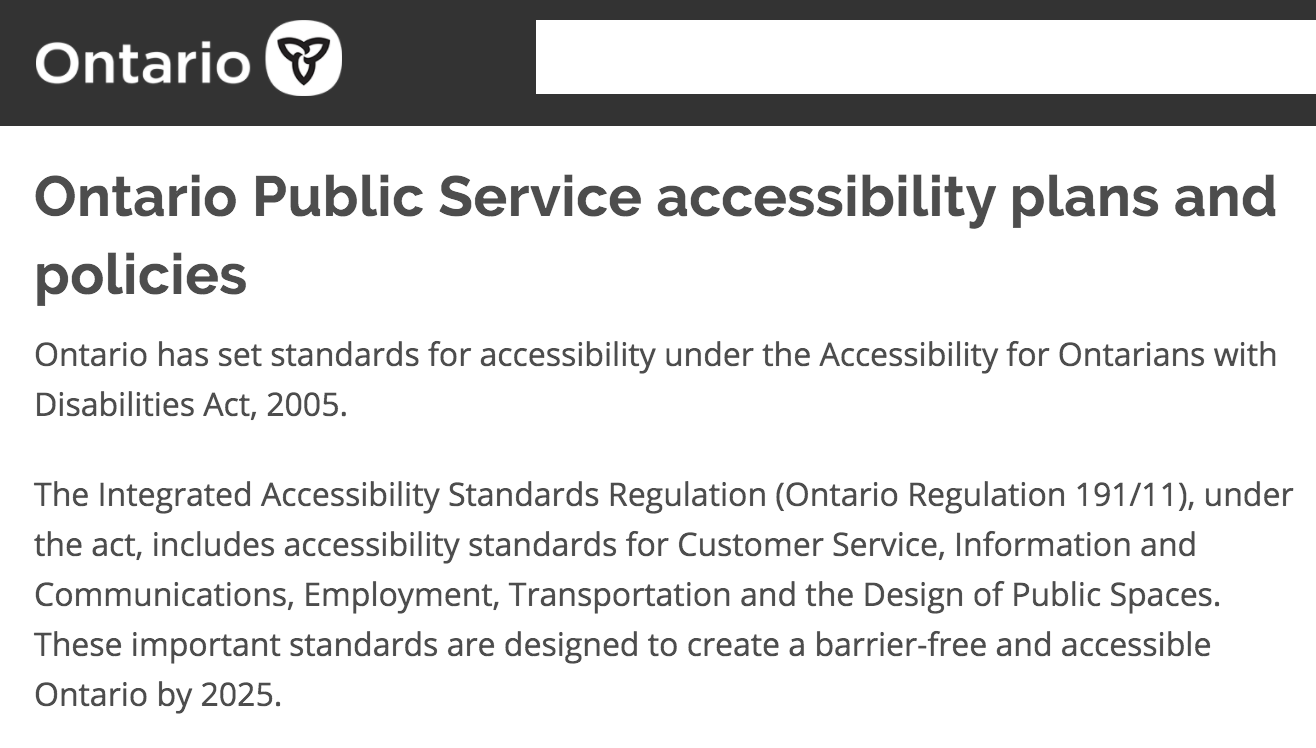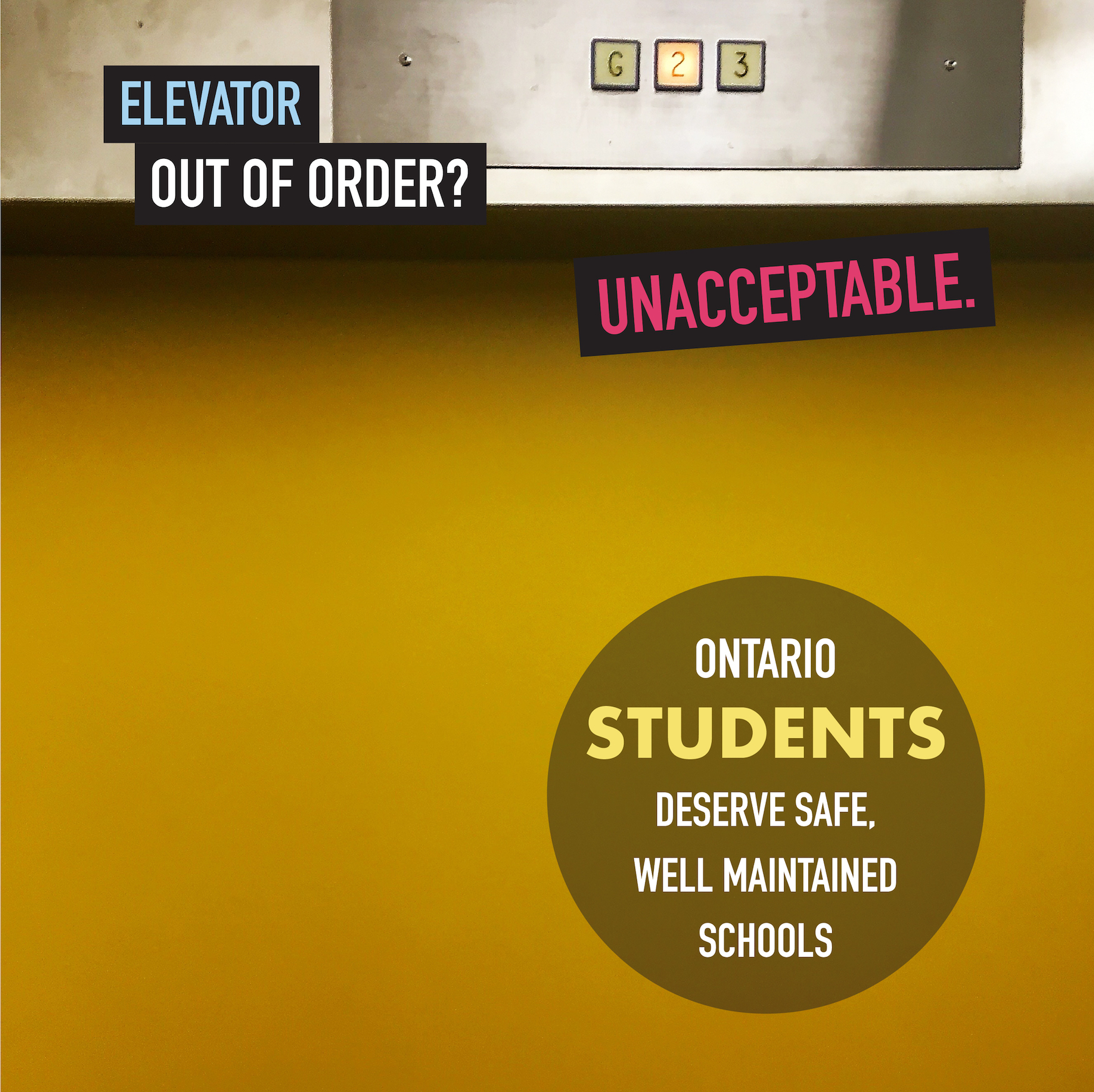On the Ontario Human Rights Commission website, we find the following:
“Barriers to education can take a variety of forms. They can be physical, technological, systemic, financial, or attitudinal. They can arise from an education provider’s failure to make available a needed accommodation, or to provide one in a timely manner.
In Eldridge v. British Columbia (Attorney General), the Supreme Court of Canada found that “once the state does provide a benefit, it is obliged to do so in a non-discriminatory manner…. The principle that discrimination can accrue from a failure to take positive steps to ensure that disadvantaged groups benefit equally from services offered to the general public is widely accepted in the human rights field.”[22]
It is the Commission’s policy position that this comment, while made in the context of health care, applies equally to the provision of educational services. As the Commission’s Disability Policy states, “Governments have a positive duty to ensure that services available to the general public are also available to persons with disabilities.”[23]
In order for persons with disabilities to receive equal treatment in education, they must have equal access to educational opportunities. The duty to accommodate includes identifying and removing barriers that impede the ability of persons with disabilities to access educational services. The Commission’s Disability Policy affirms the duty of education providers to structure their programs and policies so as to be inclusive and accessible for persons with disabilities, and to take an active role in the accommodation process”
As Fix Our Schools has been stating repeatedly, the issue of equal accessibility is one that negatively impacts Ontario’s publicly funded schools, even when we consider only one aspect of accessibility – the ability for a student any mobility issues to get to their classroom, to the washroom, and participate fully in a rotary class schedule. We know that school boards are not provided with any special provincial funding to ensure that their school buildings are retrofitted to become accessible for children with mobility issues so no wonder Ontario’s school buildings are lagging behind where the provincial government pledged we would be by now. The answer is clear. More provincial funding is required if school boards are to have any hope of ensuring that “services available to the general public are also available to persons with disabilities.”


